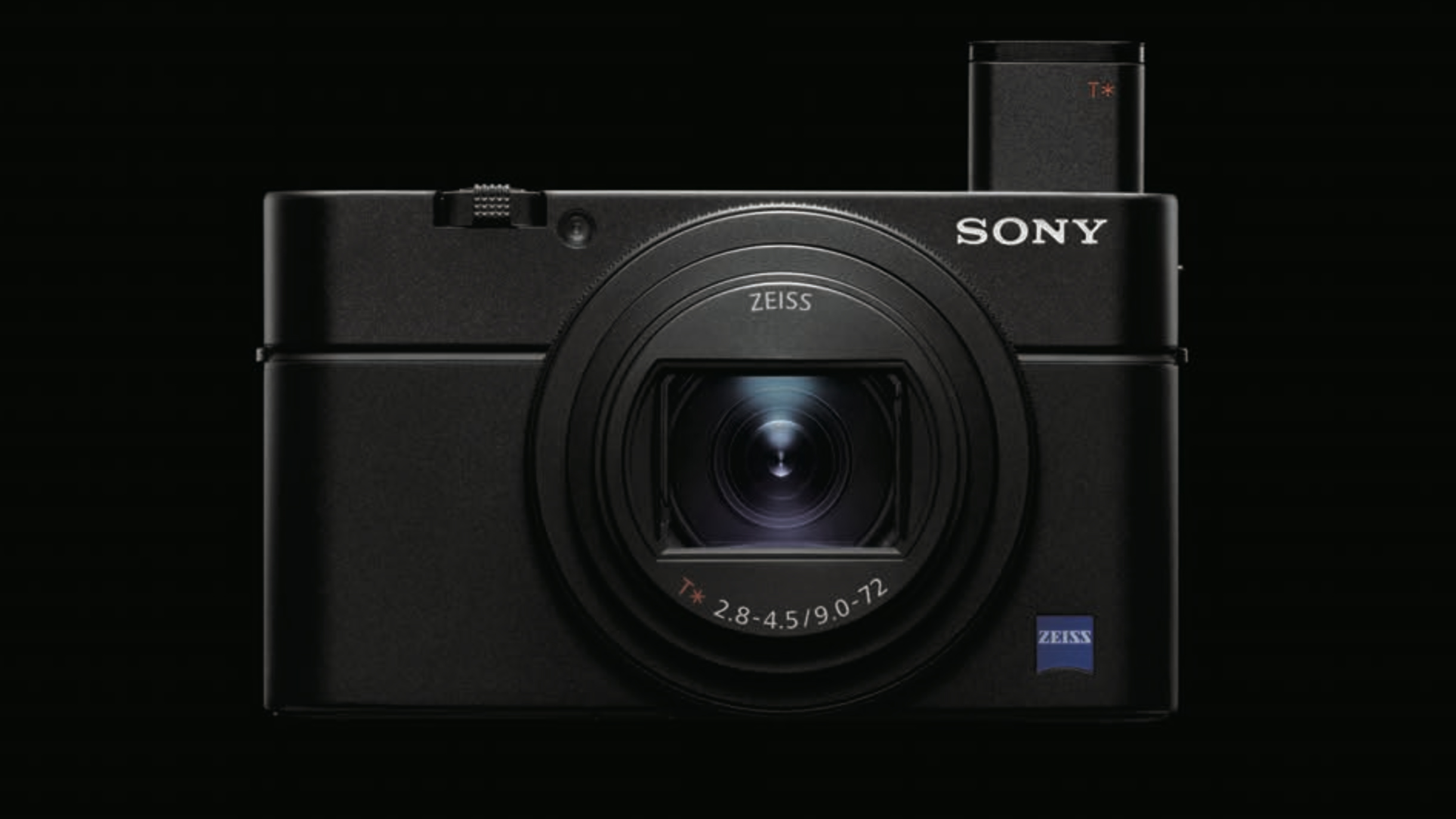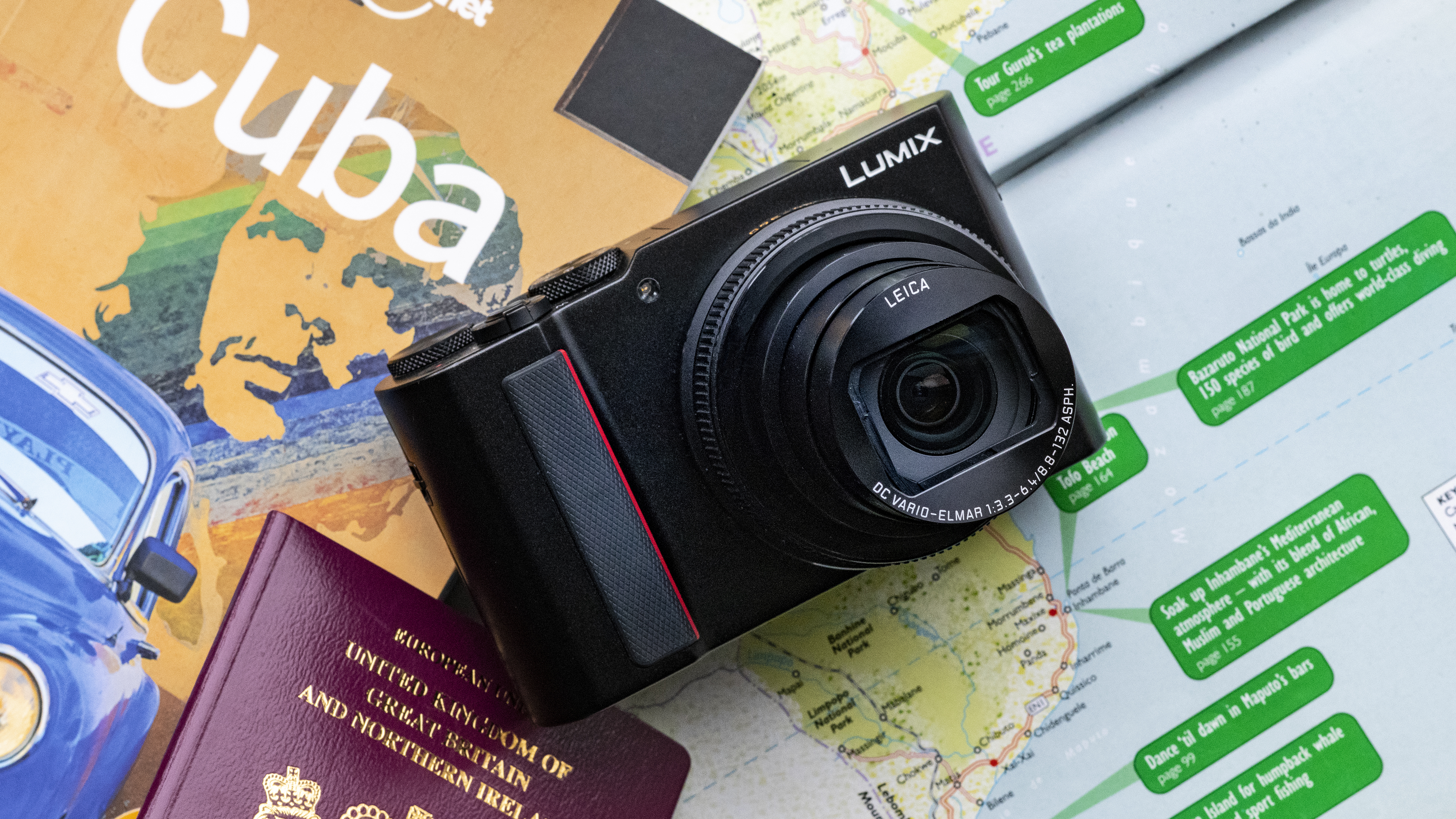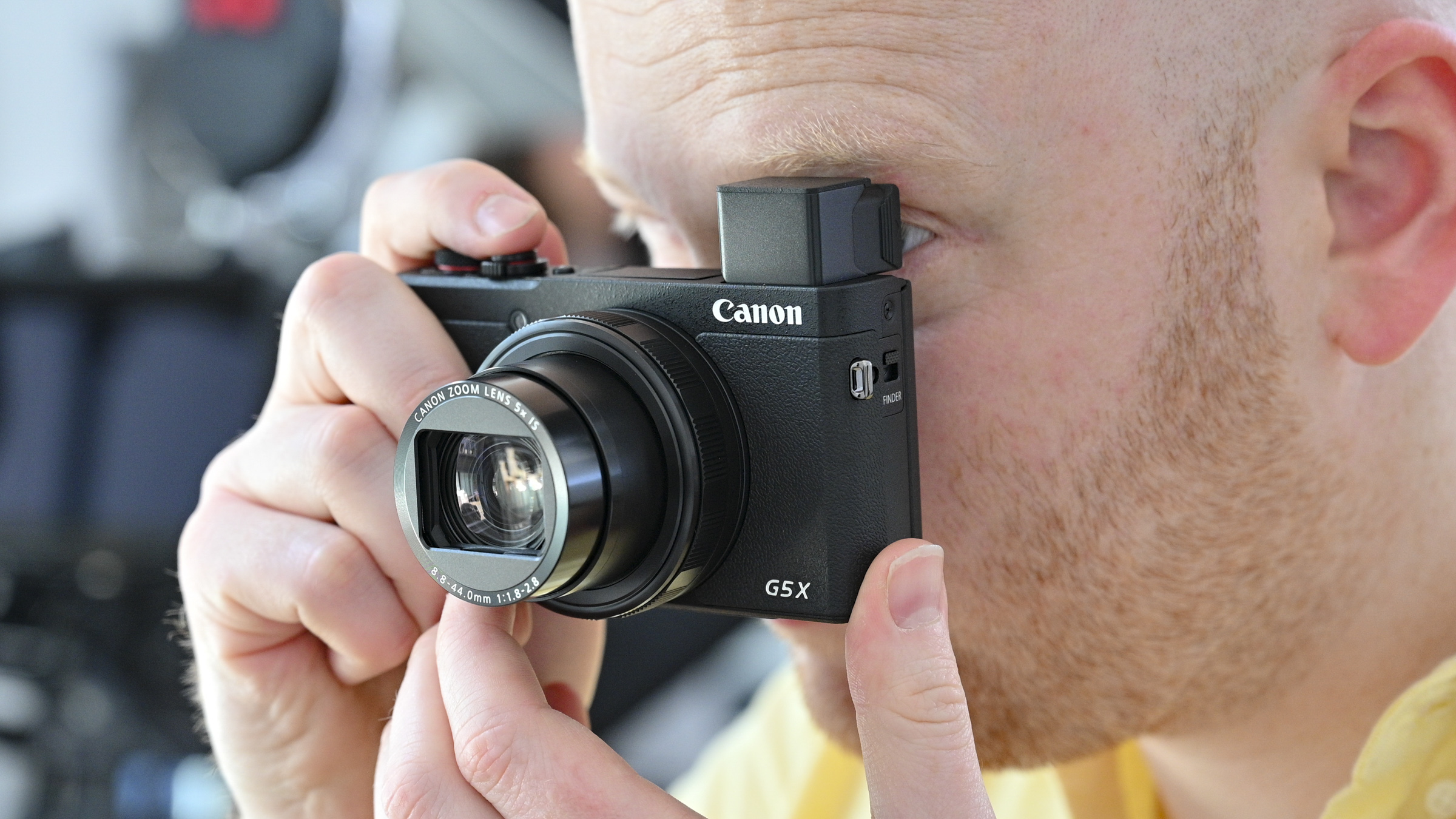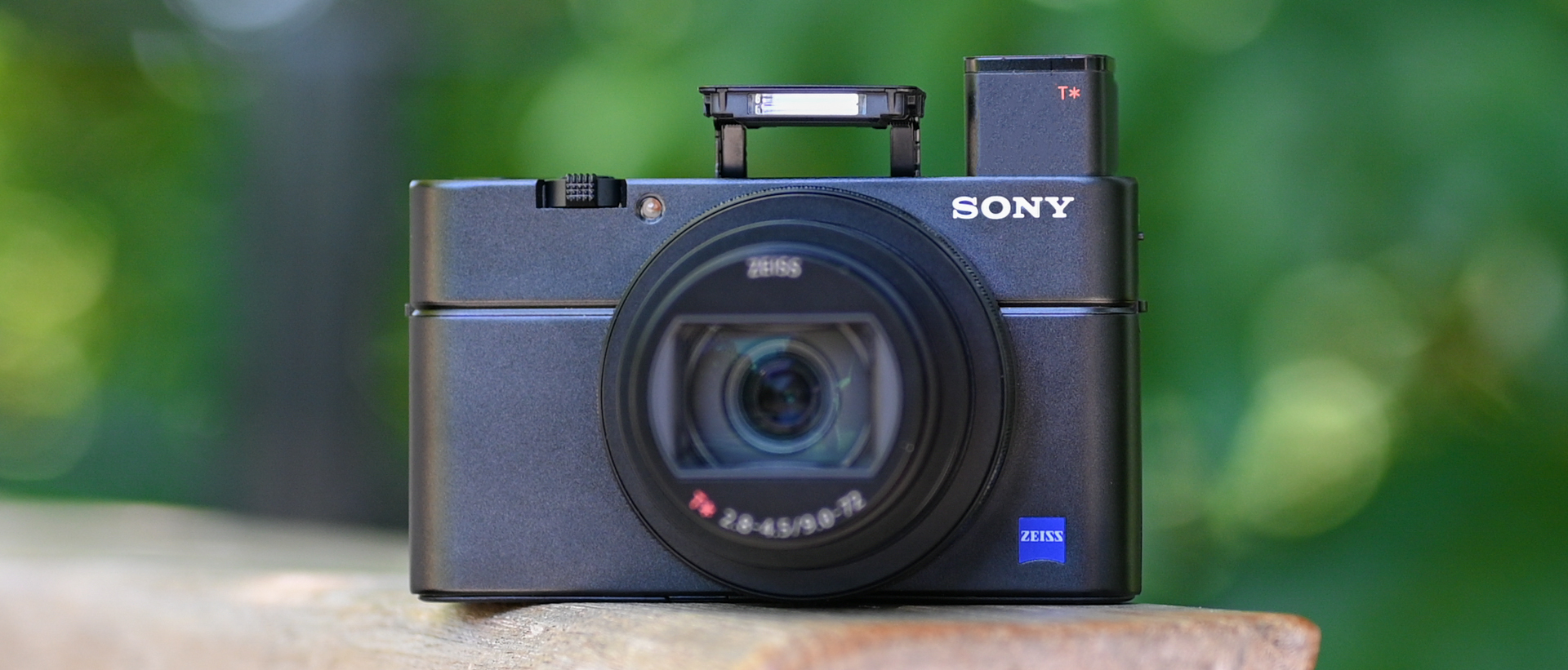Why you can trust TechRadar
Verdict
There's no doubt that the Sony RX100 VII is an impressive camera. Given the strong performance and huge popularity of previous models it was likely that any changes Sony made here would only make it a better performer – and that's pretty much the case.
Special praise goes to the autofocus system, which is not only fast but remarkably good at keeping track of moving subjects, noticing faces at a distance and switching between face/eye detection and more standard tracking as the subject changes in distance and orientation. While some rival models aren't bad for speed by comparison, the fact that some are still based on contrast-detect AF alone means it's unlikely they'll be able to catch up with what Sony is doing here until that changes.
On top of that there's the excellent image quality, detailed 4K video, and considerable control over both. The retractable viewfinder and fine LCD screen make for a perfect partnership, while the body's high build quality and small size – especially when you consider the lens and inclusion of the viewfinder – make it easy to carry around and slip into a pocket, and be confident it will survive the odd bump and scrape.
So there's lots to love about the RX100 VII – but lots that could be improved too. There's still no grip, which makes for less-than-ideal handling, nor is there the option to process raw images in camera. The touchscreen is still underdeveloped, and while the lack of an ND filter may be explained by the longer-than-usual lens, it still makes capturing videos in bright light more difficult. The option to shoot at up to 90fps sounds impressive, and in a way it is, but the shallow buffer depth makes this feature somewhat impractical.
And that fact that all of this comes at a considerable cost makes you realize Sony's logic in keeping all of the previous RX100 models available. Many people either don't need this level of performance or are better served by the shorter, brighter lenses of previous models. Those expecting sharpness right to the corners of the frame, or flexibility in low light, may be better served by one of those cameras – but in terms of performance, those are the only major things to bear in mind.
So, while this isn't a camera for everyone, and while its omissions make it less than ideal – even for those that are drawn to it – in terms of packing a whole lot of tech and generally solid performance into such a small body, it's impossible not to be impressed with what Sony has achieved here. For all its foibles and its lofty price tag, the RX100 VII is easily one of the most accomplished and desirable compacts on the market right now.
Competition

Sony RX100 VI
The RX100 VII's closest competitor is arguably the previous Mark VI iteration, given how similar the spec sheets of the two models are. The key differences are in the sensor, crazy-high burst speeds, autofocus systems and the fact that the newer model offers a mic port – but if you're happy with the rest of the spec sheet, you can save yourself a little cash by going for a camera that we still rate very highly.
Read our in-depth Sony RX100 Mark VI review

Panasonic ZS200 / TZ200
The ZS200 also sports a 1-inch sensor with 20.1MP, and is similarly fronted by a superzoom lens, although the one here reaches a little further than the RX100 VII's, stretching between 24-360mm in 35mm terms. It matches the RX100 VII is providing 4K video and has a small electronic viewfinder, and while it lacks a mic port and can't shoot at the lofty heights of 90fps, it's a hell of a lot cheaper.
Read our in-depth Panasonic ZS200 / TZ200 review

Canon PowerShot G5 X Mark II
With a 20MP 1-inch sensor, a pop-up electronic viewfinder and 4K video squeezed into a pocket-friendly shell, Canon very much has the same kind of audience in mind for its PowerShot G5 X Mark II as Sony does for its own model. It's considerably cheaper, and has a grip that makes handling far nicer, but its lens doesn't reach anywhere near as far and its autofocus system, while perfectly capable, can't touch what the RX100 VII is packing.
Read our in-depth Canon PowerShot G5 X Mark II review
Sign up for breaking news, reviews, opinion, top tech deals, and more.
